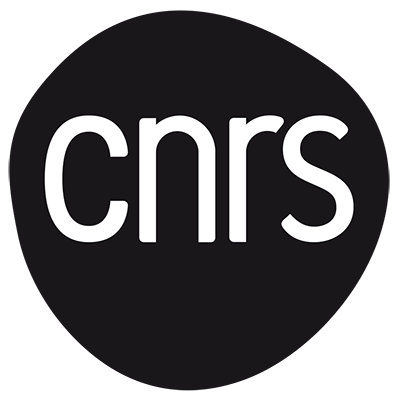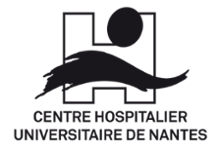Digital modelisation of the rat heart for the identification of complex arrythmia mechanisms and associated ECGs
Stage Master 1, Master 2/Engineer - Team II : Ion channels and cardiopathies
Les pré-requis
- Formation en bioinformatique, en ingénierie biomédicale, en biophysique ou dans des domaines similaires.
- Etre familié de la programmation informatique (au moins dans un langage de programmation scientifique : C, C++, Fortran, Python, etc : C, C++, Fortran, Python, etc.)
- Capacité à communiquer en anglais
- Background in Bioinformatics, Biomedical engineering, Biophysics or similar fields.
- Essential familiarity with computer programming (at least in one scientific programming language: C, C++, Fortran, Python etc.).
- Ability to communicate in English
Résumé du projet de recherche
Ce projet est la première partie du projet global à long terme "Heart-By-Numbers", qui vise à développer une plateforme numérique pour le cœur humain pouvant aider les cliniciens avec un diagnostic, un pronostic et un traitement des arythmies cardiaques complexes assistés par l'Intelligence Artificielle (IA).
Nous nous concentrerons ici sur le développement d'un modèle mathématique pour le cœur de rat adulte avec une géométrie anatomique détaillée, la définition des fibres et l'électrophysiologie, y compris la distinction des ventricules gauche et droit.
L'objectif est de construire un modèle qui peut être utilisé parallèlement à des expériences en laboratoire (équipe II) pour tester des hypothèses, comprendre les mécanismes biophysiques, prédire la trajectoire d'une arythmie et explorer des approches thérapeutiques innovantes. Nous comparerons les signaux de sortie ECG de notre modèle de cœur de rat avec des enregistrements ECG réels provenant d'expériences sur des cœurs de rat afin d'identifier les corrélations possibles entre des schémas spécifiques apparaissant sur l'ECG et le mécanisme associé de l'arythmie sous-jacente.
********************************************************************
This project is the first part of the overall long-term project "Heart-By-Numbers", which aims to develop a digital platform for the human heart that can support clinicians with AI-assisted diagnosis, prognosis and treatment of complex cardiac arrhythmias.
Here we will focus on the development of a mathematical model for the adult rat heart with detailed anatomical geometry, fiber definition and electrophysiology, including LV/RV distinction. The aim is to construct a model that can be used alongside experiments in the laboratory (Team II) to test hypotheses, understand biophysical mechanisms, predict the trajectory of an arrhythmia and explore innovative treatment approaches. We will compare ECG output signals from our rat heart model with real ECG recordings from experiments on rat hearts to identify possible correlations between specific patterns that appear on the ECG and the associated mechanism of the underlying arrhythmia.
Publications associées
- A Mathematical Model of Neonatal Rat Atrial Monolayers with Constitutively Active Acetylcholine-Mediated K+Current. R Majumder, W Jangsangthong, I Feola, DL Ypey, DA Pijnappels, AV Panfilov, PLoS Comp Biol 12(6): e1004946. (2016). https://doi.org/10.1371/journal.pcbi.1004946
- Optogenetics enables real-time spatiotemporal control over spiral wave dynamics in an excitable cardiac system. R Majumder, I Feola, AS Teplenin, AAF de Vries, AV Panfilov, DA Pijnappels, eLife, 7:e41076, (2018) https://doi.org/10.7554/eLife.41076
- Self-restoration of cardiac excitation rhythm by anti-arrhythmic ion channel gating. R Majumder, T De Coster, N Kudryashova, AO Verkerk, IV Kazbanov, B Ördög, N Harlaar, R Wilders, AAF de Vries, DL Ypey, AV Panfilov, DA Pijnappels. eLife 9:e55921 (2020) https://doi.org/10.7554/eLife.55921
- Pulsed low-energy stimulation initiates electric turbulence in cardiac tissue. R Majumder, S Hussaini, VS Zykov, S Luther, E Bodenschatz. PLoS Comp Biol 17(10): e1009476. (2021) https://doi.org/10.1371/journal.pcbi.1009476
- A mathematical model for electrical activity in pig atrial tissue. Peris-Yagüe V, Rubio T, Fakuade FE, Voigt N, Luther S, Majumder R. Frontiers in Physiology:250 (2022) https://doi.org/10.3389/fphys.2022.812535





